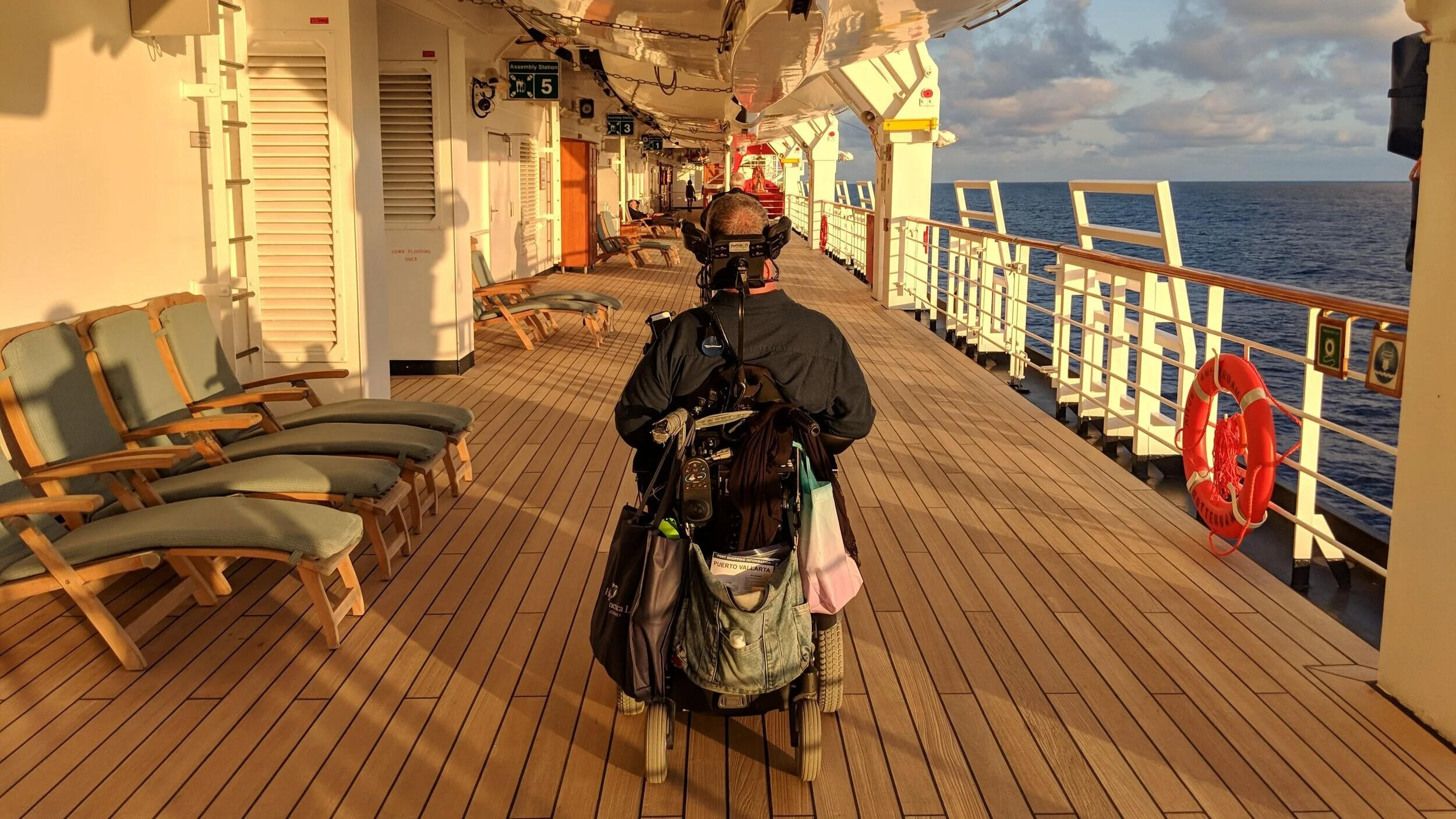The 7 Principles of Universal Design
Equitable Use
The site’s design should make it equally usable by everyone. Ideally, the means by which people use the site should be the same (e.g., providing one means of entry to the building that works well for everyone). If it cannot be identical, the several means provided must be equivalent in terms of their privacy, security, safety and convenience. The site must never employ means that isolate or stigmatize any group of users or privilege one group over another.
Flexibility in Use
The site’s design should allow people to use its design features in more than one prescribed way (e.g., providing a countertop orientation map that is viewable from either a seated or standing position). It should accommodate both right-and left-handed use and be adaptable to the individual pace. The site’s design should have the built-in flexibility to be usable even when it is employed in an unconventional or unanticipated manner.
Ramps baby!
This ramp is an excellent example of both Equitable and Flexible use. Individuals with limited mobility access the concourse from the same place as able bodied individuals, and it can be used by any individual, regardless of ability.
Simple and Intuitive Use
The site should make it easy for everyone to understand the purpose of each design feature and how to use it (e.g., providing washroom lavatory faucets that make their method of operation readily apparent and relatively easy). Moreover, its means of use should be intuitively obvious so that it operates as anticipated and, therefore, can be used spontaneously.
Tolerance for Error
The site’s design should eliminate, isolate or shield any design features that could prove hazardous to or inconvenience any user. When potentially dangerous conditions are unavoidable, users should receive warnings as they approach the design feature (e.g., providing proximity warnings in a variety of sensory modes near the top of stairs.) The building’s design should also anticipate accidental or unintended actions by any user to minimize the inconvenience and/or protect the user from harm.
Perceptible Use
The site should provide all essential information in a variety of modes (e.g., written, symbolic, tactile, verbal) to ensure effective communication with all users regardless of their sensory abilities. The information provided must be presented with sufficient contrast to surrounding conditions so that it is distinguishable from its context and decipherable in all its various modes of presentation.
Low Physical Effort
The site’s design should eliminate, isolate or shield any design features that could prove hazardous to or inconvenience any user. When potentially dangerous conditions are unavoidable, users should receive warnings as they approach the design feature (e.g., providing proximity warnings in a variety of sensory modes near the top of stairs.) The building’s design should also anticipate accidental or unintended actions by any user to minimize the inconvenience and/or protect the user from harm.
Size and Space for Approach and Use
A building’s design features should provide an adequate amount of space that is appropriately arranged to enable anyone to use them (e.g., providing knee space under a washroom lavatory to enable use by someone in a seated position). In addition, the space needs to be arranged to provide a clear path of travel to and from important design features for all users.
Lavine, Demise. “Universal Design New York”. The NYC Guidebook to Accessibility and Universal Design. Idea Publications, 2003. pp. 22-23.

